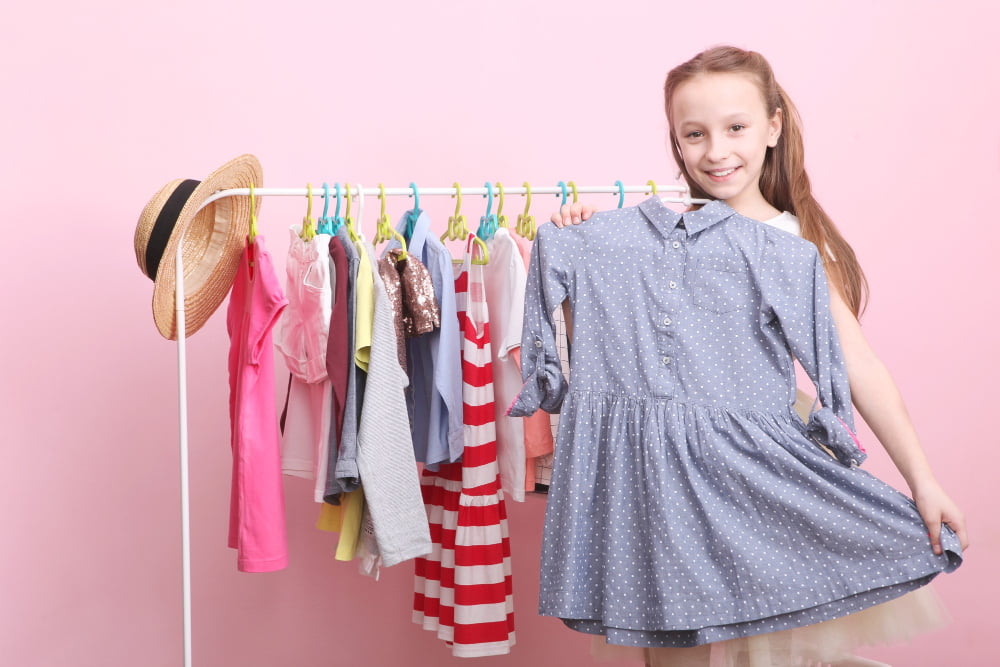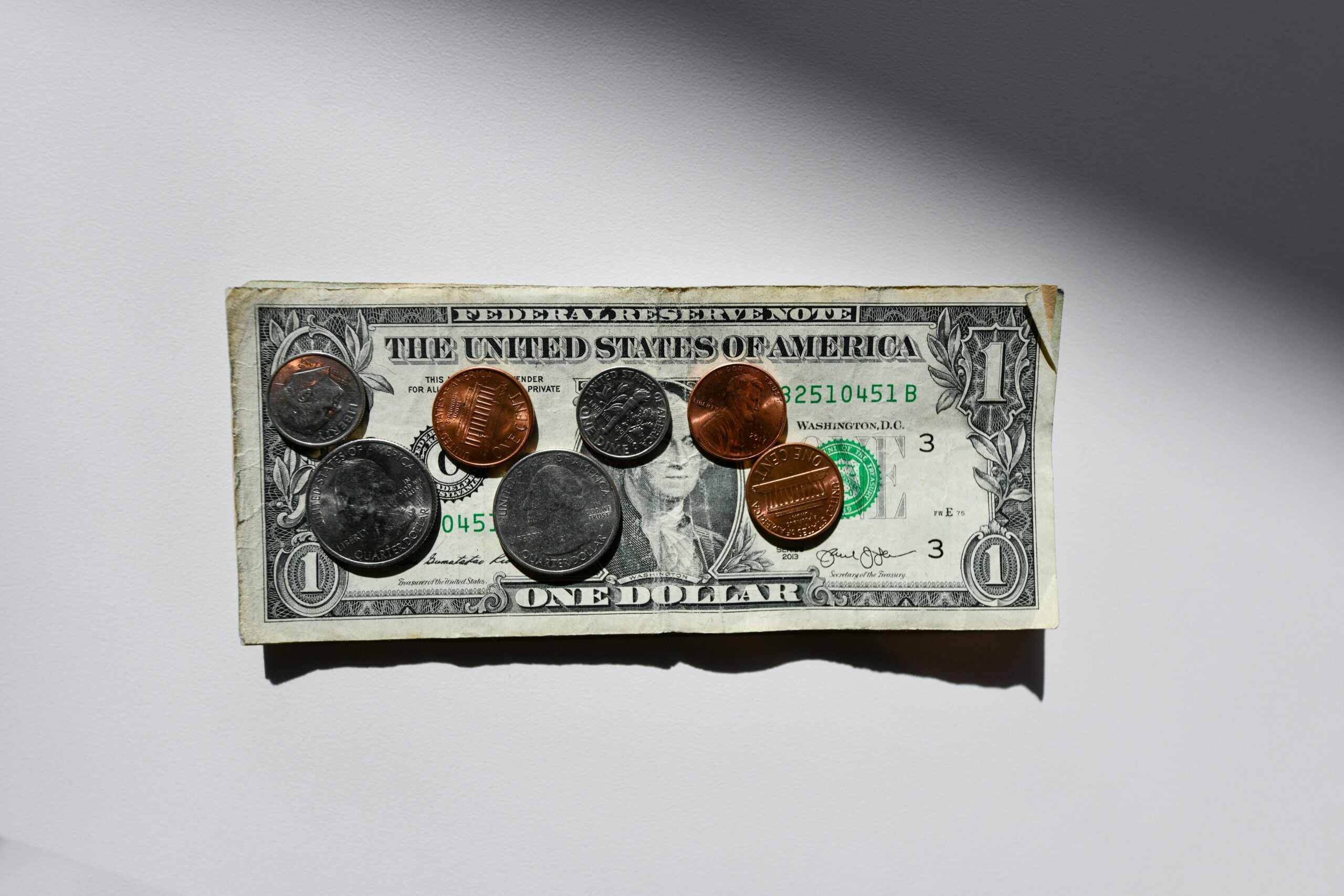Introduction
Choosing the right colors for kids can have a significant impact on their mood, behavior, and overall development. Colors have the power to stimulate their senses, enhance their creativity, and create a positive environment. In this blog post, we will explore the importance of color selection for kids and provide some tips on how to choose the right colors for their spaces.
The Psychology of Colors for Kids
Colors have a profound effect on our emotions and can evoke different feelings in children. Understanding the psychology of colors can help us create an environment that promotes learning, relaxation, and happiness. Here are a few examples of how colors can influence kids:
1. Red
Red is a vibrant and energetic color that can stimulate excitement and increase heart rate. It is often associated with passion, strength, and courage. However, too much red can be overwhelming for kids and may lead to restlessness or aggression. It is best to use red as an accent color rather than the main color in their room.
2. Blue
Blue is a calming and soothing color that promotes relaxation and tranquility. It is often associated with peace, serenity, and trust. Blue can help kids feel more focused and can be a great choice for their bedrooms or study areas. However, too much blue can create a sense of sadness or coldness, so it’s important to balance it with warmer colors.
3. Yellow
Yellow is a cheerful and uplifting color that can evoke feelings of happiness and optimism. It is often associated with energy, warmth, and creativity. Yellow can stimulate mental activity and enhance concentration, making it a great choice for playrooms or areas where kids engage in creative activities. However, too much yellow can be overwhelming, so it’s best to use it as an accent color.
Choosing the Right Colors for Different Spaces
When it comes to choosing colors for kids’ spaces, it’s important to consider the purpose of the room and the age of the child. Here are some tips to help you make the right color choices:
1. Bedrooms
Bedrooms should be a sanctuary for rest and relaxation. Soft, soothing colors like pastel blues, greens, or lavenders can create a calming atmosphere and promote better sleep. Avoid using bright or stimulating colors in bedrooms, as they can make it difficult for kids to unwind.
2. Playrooms
Playrooms are spaces where kids can let their imaginations run wild. Bright, vibrant colors like red, yellow, and orange can stimulate their creativity and energy. Consider using a mix of primary colors to create a fun and playful environment. Add some neutral colors like white or beige to balance out the vibrancy.
3. Study Areas
Study areas should be conducive to learning and concentration. Calm and focused colors like blues, greens, or neutrals can help create a peaceful environment that promotes focus and productivity. Avoid using distracting or overly stimulating colors in study areas.
Conclusion
Choosing the right colors for kids’ spaces is an important decision that can have a significant impact on their well-being and development. By understanding the psychology of colors and considering the purpose of each space, we can create environments that promote learning, relaxation, and happiness. Remember to strike a balance between vibrant and calming colors and always consider the age and preferences of the child.









